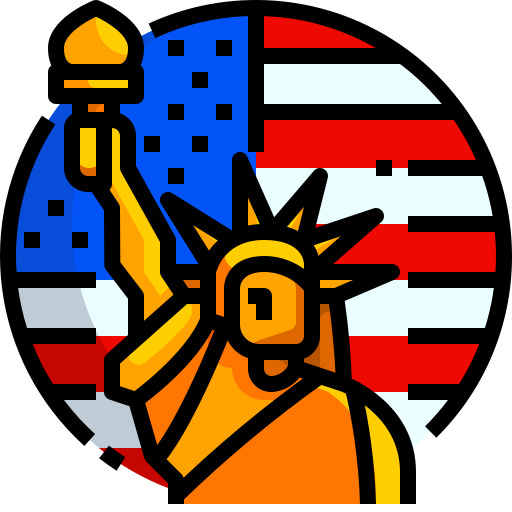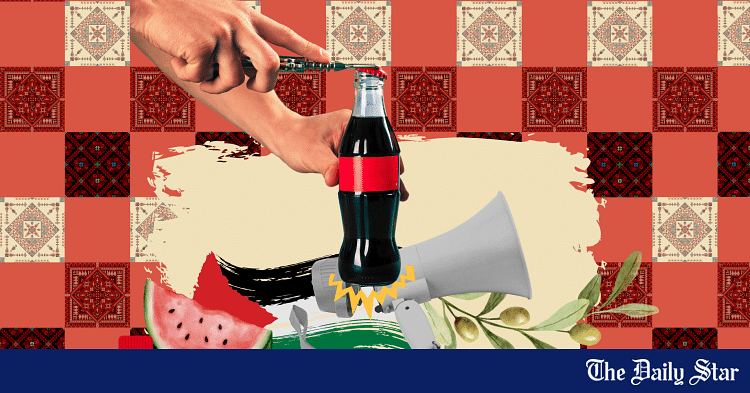'That Coca-Cola ad' only proves the power of boycott
Visual: Fatima Jahan Ena
A Coca-Cola Bangladesh ad was launched on June 9, before being hidden from their YouTube channel after severe backlash from the audience on social media, after which it was made public again. Meanwhile, the lead actor featured in the ad, who also directed it, had to issue a statement on social media to defend his stance as a staunch supporter of "humanity" and clarify that his involvement was a strictly "professional" engagement. There have been many criticisms and debates regarding the ad being a PR disaster and the overall effectiveness of the Boycott, Divest and Sanction (BDS) movement globally and in Bangladesh. But why did Coca-Cola feel the need to launch an ad clarifying its stance in the first place?
The BDS movement has caught on in many countries across the world to hold brands accountable for their affiliations with Israel and their complicity in Israel's genocide of Palestinians. Inspired by the South African anti-apartheid movement, the BDS movement was launched by 170 Palestinian unions, refugee networks, women's organisations, professional associations, popular resistance committees and other Palestinian civil society bodies in 2005, as a form of non-violent pressure on Israel to end their illegal occupation of Palestine.
The movement recently caught on again in the aftermath of October 7. Soon, pro-Palestine groups in Bangladesh also spontaneously participated in the boycott movement as best as they could. The effectiveness of the boycott movement in Bangladesh was questioned by many, but the fact that Coca-Cola found it necessary to launch an ad addressing this only goes to show that it has worked.
The overall rhetoric of the ad also demands some scrutiny. It begins with a shopkeeper asking one of his regular customers if he wants a Coca-Cola, to which he replies that he has stopped drinking the beverage because it comes from "that country".
The shopkeeper then goes on a quest to identify the source of the information, which happens to be an unreliable Facebook page. He explains how Coca-Cola has been in the business for 138 years in 190 countries, including Turkey and Spain. A nice spin, considering Turkey is a Muslim-majority state and Spain is one of the four latest European countries to recognise the Palestinian state. However, what Coca-Cola conveniently forgot to mention is that Turkey is also the country whose parliament mandated Coca-Cola be no longer sold in the parliament campus, as part of a boycott of companies that "support Israel."
Then the bomb drops. "They also have factories in Palestine," says the shopkeeper, and convinces the entire neighbourhood to start drinking the beverage again. Everyone is happy, their conscience clear. But clear of what exactly?
Not once do they mention Israel or the ongoing genocide committed by the country on Palestine. They are right when they say that they are an American company with factories in Palestine. The National Beverage Company Coca-Cola (NBC) obtained a franchise licence in 1998 to manufacture, package, and distribute Coca-Cola products in the Palestinian market from a Ramallah factory. The business expanded to supposedly create jobs for many Palestinians and accelerate the state's economy. However, how does this information translate to the current context? What good is a factory if the entire area is bombed, with thousands dead and the rest being starved? Who's going to work there?
To read the rest of the news, please click on the link above.












































